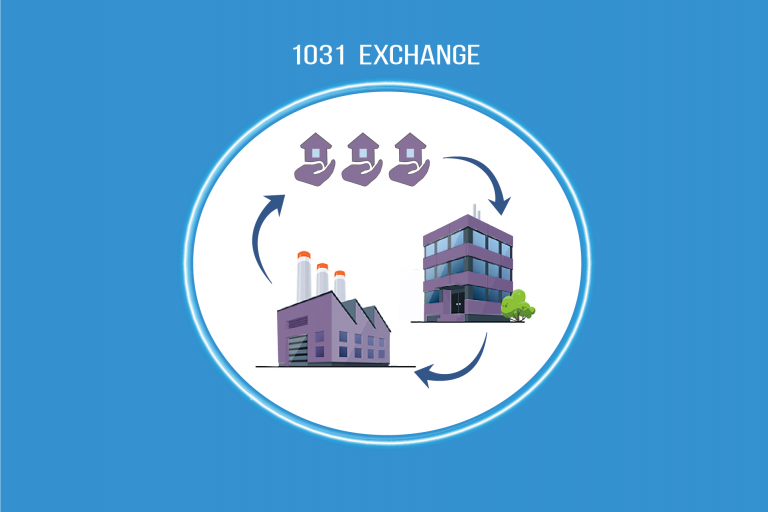How 1031 Exchanges Can Help You Diversify Your Real Estate Investments?
Body
Investing in real estate offers numerous opportunities to build wealth, but maximizing returns while minimizing tax liabilities can be a challenge. One powerful strategy that investors use to grow and diversify their portfolios is 1031 exchanges. This tax-deferral mechanism allows property owners to sell an investment property and reinvest the proceeds into another like-kind property without immediately incurring capital gains taxes. By leveraging this strategy, investors can expand into different markets, property types, and income-generating assets while maintaining their investment capital.
Understanding the Basics of 1031 Exchanges
A 1031 exchange, named after Section 1031 of the Internal Revenue Code, allows real estate investors to defer paying capital gains taxes on the sale of an investment property if they reinvest the proceeds into another qualifying property. The process follows strict IRS guidelines, including time limits for identifying and closing on replacement properties. This exchange provides a crucial advantage by preserving equity, which can then be reinvested into a broader and more diversified real estate portfolio.
Expanding into New Real Estate Markets
One of the primary benefits of 1031 exchanges is the ability to diversify geographically. Investors can use this strategy to transition from a concentrated market into multiple locations, reducing the risk associated with economic downturns or local market fluctuations. By reinvesting in different states or regions with strong growth potential, investors can spread their risk while capitalizing on emerging opportunities.
Diversifying Property Types
Another way 1031 exchanges support diversification is by allowing investors to shift between different types of real estate assets. For example, an investor who owns residential rental properties can exchange them for commercial properties, industrial assets, or even vacation rentals. By diversifying asset classes, investors can achieve better risk management, different income streams, and potentially higher returns depending on market conditions.
Enhancing Cash Flow and Income Potential
Cash flow is a critical component of real estate investing, and 1031 exchanges can help investors improve their income potential. By exchanging a low-yield property for a higher-yield one, investors can optimize their rental income and overall returns. Whether upgrading from a single-family rental to a multi-unit apartment complex or from a retail space to an office building with long-term tenants, this strategy allows for enhanced cash flow and more stable revenue streams.
Reducing Management Responsibilities
Some real estate investors seek to diversify their portfolios while simultaneously reducing management burdens. 1031 exchanges enable investors to transition from high-maintenance properties to low-maintenance alternatives. For example, a hands-on landlord managing multiple rental properties can exchange them for a triple-net lease (NNN) commercial property, where tenants handle most operational expenses. This approach allows investors to maintain real estate holdings while minimizing day-to-day management efforts.
Adapting to Changing Investment Goals
As investors progress in their real estate journey, their investment goals may change. 1031 exchanges provide the flexibility to adapt to evolving financial objectives. Whether an investor wants to shift from appreciation-focused properties to cash-flow-generating ones, move from active management to passive investments, or consolidate multiple smaller properties into a single larger asset, this strategy supports long-term financial planning and wealth-building.
Mitigating Risk Through Portfolio Diversification
Risk management is essential in real estate investing, and 1031 exchanges help investors achieve greater stability by spreading risk across different properties and markets. Instead of being heavily invested in one sector or location, an investor can use tax-deferred exchanges to diversify holdings and create a balanced portfolio that is less susceptible to downturns in any single market segment.
Conclusion
1031 exchanges provide a powerful tool for real estate investors looking to diversify their portfolios while deferring capital gains taxes. Whether expanding into new markets, shifting asset types, increasing cash flow, or reducing management responsibilities, this strategy allows investors to optimize their holdings and align their investments with their long-term goals. By leveraging 1031 exchanges, investors can unlock new opportunities, mitigate risks, and build a more resilient and profitable real estate portfolio.









Comments